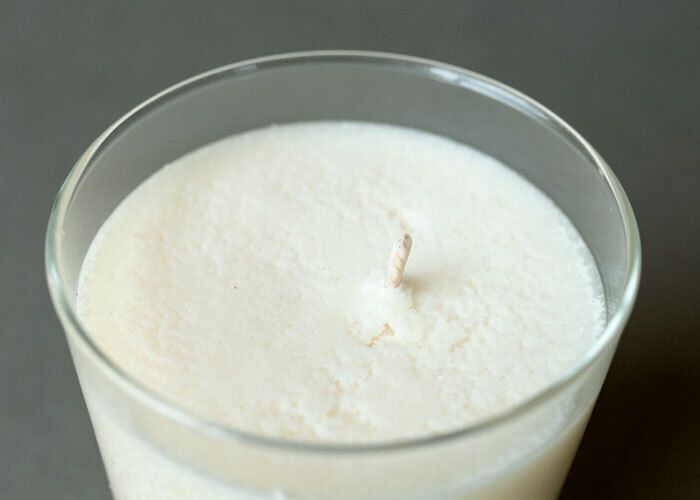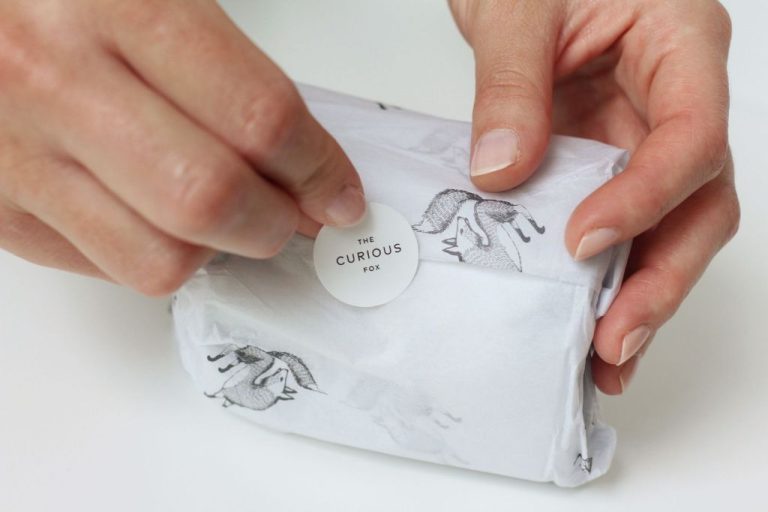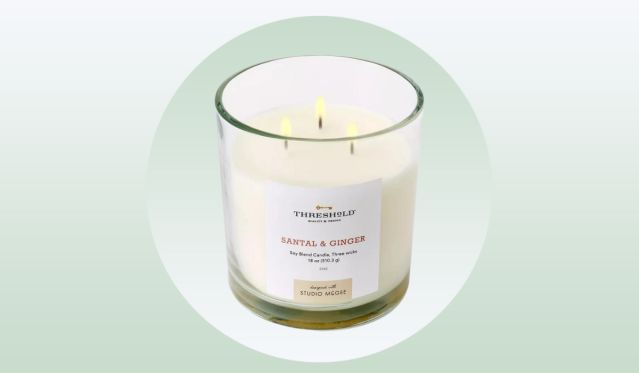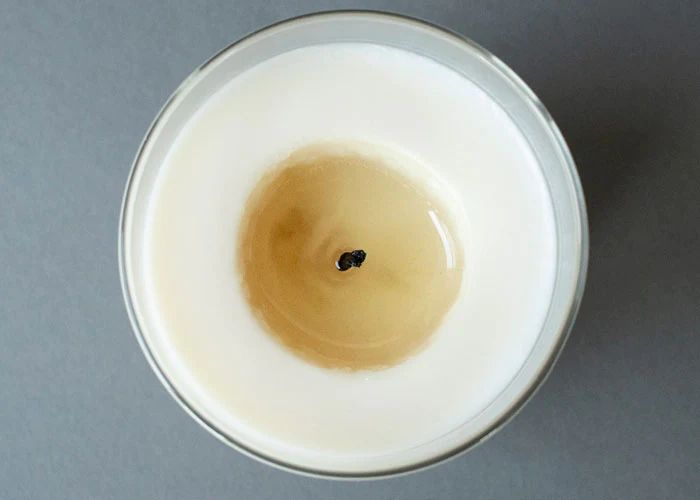Why Is My Wax Not Melting In Microwave?
Check the Wax Type
The melting point of wax can vary significantly depending on the type of wax being used. Paraffin wax, for example, has a relatively low melting point of 115-145°F[1] which allows it to melt quickly and easily in the microwave. Soy wax melts at a slightly higher temperature of 113-185°F[1], so it may take longer to fully melt. Beeswax has a very high melting point of 144-149°F[1] making it difficult to melt fully in the microwave.
Therefore, paraffin wax will generally melt the quickest whereas beeswax may struggle to melt entirely in the microwave. Checking the type of wax first can give you an idea of how easily it will melt and if any adjustments need to be made.
Use the Correct Power Setting
When melting wax in the microwave, it’s important to use the correct power setting for the amount you are melting. According to eHow, you should use a higher power setting like 70-100% for small amounts of wax, around 1-2 pounds. For larger amounts of 3 pounds or more, use a lower to medium power setting of 30-50%. The lower power ensures the wax heats evenly and prevents scorching.
As YourCrafts recommends, start with a 50% power setting and check the wax every 30 seconds, adjusting as needed. High power can overheat wax quickly. Lower power settings give you more control for gradual even melting without burning the wax.
Microwave in Short Bursts
Instead of microwaving your wax all at once, try melting it in short 30 second bursts. After each burst, carefully remove the wax from the microwave and stir it thoroughly before microwaving it for another 30 seconds. This way, you can closely monitor the melting process and ensure the wax doesn’t get overheated (which can ruin the wax quality). According to candle supplier website suppliesforcandles.co.uk, you should heat your wax in 1 minute bursts, stirring in between, until it reaches the proper temperature of 80°C.
Microwaving in short bursts gives the wax time to melt slowly and evenly. It prevents hot spots from developing that could burn the wax. Stirring after each burst distributes the heat evenly and allows you to gauge the wax’s temperature. This technique allows precise control so you get beautifully melted wax each time.
Consider the Wax Quantity
The amount of wax you’re trying to melt will impact how long it takes to melt evenly in the microwave. Larger quantities of wax require more time and energy from the microwave in order to melt completely. With a larger volume of wax, the inner parts may remain solid while the outer parts begin to melt and potentially even burn. This is why it’s important to use shorter microwave bursts for larger amounts of wax.
For smaller quantities like a couple ounces, you may only need 30 seconds to 1 minute bursts in the microwave. But for larger blocks or quantities upwards of 1 pound, you’ll want to opt for very short 10-15 second bursts, stirring in between, to allow the heat to distribute gradually throughout the wax and melt it from the inside out.
Melting wax in very small batches is ideal, as you have more control over the process and can avoid uneven melting. Take your time with larger amounts, microwaving in short intervals and stirring frequently. This will prevent the outer wax from overheating while the inner wax remains solid.
Use a Microwave-Safe Container
One of the most important factors when melting wax in the microwave is to use an appropriate microwave-safe container. Metal and some plastics can spark or melt from the heat, which can be dangerous. Instead, opt for a container made from microwave-safe materials like glass or ceramic.
Glass and ceramic containers like pyrex measuring cups or bowls withstand microwave heat very well. They allow the wax to heat evenly without the risk of sparks or melting plastic chemicals into your wax. According to this source, a plastic or glass jug works well for melting wax in the microwave.
You can also find containers designed specifically for melting wax in the microwave, like this 2 pound capacity silicone pouring pot from EricX Light. Using the proper microwave-safe vessel reduces safety risks and helps the wax melt smoothly.
Check Wax Temperature
One of the most important factors when melting wax is monitoring the temperature. Most candle waxes, including paraffin, soy, and beeswax, need to reach a temperature between 150-170°F to fully liquefy. According to Melting Point Factors for Common Waxes, beeswax melts at around 145°F. Once wax reaches this melting point, the solid structure breaks down and the wax transitions to a liquid state.
To properly check wax temperature, use a thermometer designed specifically for wax. A digital thermometer with a probe is ideal, as it allows you to monitor the temperature without removing the wax from heat. Insert the thermometer probe directly into the melted wax to get an accurate reading. The wax should be stirred frequently with the thermometer still submerged to prevent hot spots. Once the wax reaches the target temperature range of 150-170°F, it is ready for pouring into containers and adding fragrance or dye.
Monitoring temperature is crucial, as overheated wax can discolor, lose its scent throw, or become prone to frosting andsweating. According to How to Melt Candle Wax, wax should not exceed 80°C or 176°F. By carefully controlling temperature, you can ensure properly melted wax for high quality candles.
Avoid Microwaving Too Long
It’s important not to microwave wax for too long, as overheating can cause the wax to burn or discolor. Most waxes only need 1-2 minutes in the microwave to fully melt. According to this source, hard waxes should be heated 30-60 seconds at a time, checking frequently. The optimal melting temperature for wax is usually between 120°F – 170°F. Overheating beyond this range can alter the wax’s molecular structure, resulting in discoloration and an unwanted burnt scent. Melting wax gradually using 30-second bursts allows you to closely monitor the temperature and texture, preventing the wax from getting too hot. Stirring regularly will also help distribute the heat evenly. With the proper microwave power setting and short heating times, you can melt wax successfully without burning it.
Stir the Wax Frequently
One of the best techniques for melting wax evenly in the microwave is to stir it frequently, such as every 30 seconds. This helps distribute the heat throughout the wax so that it melts uniformly. According to CandleScience, you should microwave wax in 30-second intervals, removing and stirring after each interval until fully melted.

The stirring motion mixes the solid wax with the newly melted wax, allowing the heat to spread effectively. Stopping to stir prevents hot spots from developing that could scorch the wax. It also ensures any remaining solid pieces come into contact with the melted wax to absorb the heat. With constant stirring, the wax melts evenly from all sides.
So when microwaving wax, remember to pause every 30 seconds and give the wax a quick, vigorous stir before placing it back in for another heating interval. Keep repeating this stir-and-heat process until no solid pieces remain. With this technique of frequent stirring, you can melt wax smoothly and consistently in the microwave.
A double boiler provides steady, indirect heat that melts wax gently. Compared to the intense direct heat of the microwave, the more gradual heat of the double boiler gives you better control over the melting process.
Some waxes, like soy and beeswax, respond well to a double boiler. The indirect heat prevents overheating and uneven melting. These natural waxes can burn easily under harsh direct heat, giving wax a scorched smell. Double boilers warm the wax slowly at a precise temperature, typically between 120-170°F [1].
To use a double boiler:
Precise temperature control helps prevent wax from overheating. A double boiler is gentle enough even for delicate waxes like soy and beeswax. When you need steady indirect heat, a double boiler can melt wax perfectly.
Consider a Double Boiler
When to Use Other Melting Methods
While the microwave is a quick and convenient way to melt wax, other methods may work better in certain situations. Some alternatives to consider:
Oven: The oven provides a gentle, even heat that is ideal for melting large amounts of wax without scorching or overheating it. Place wax in a metal container in the oven at 175-200F. The indirect heat prevents hot spots that can burn the wax. Monitor frequently and stir occasionally for even melting.[1]
Crockpot or Double Boiler: A crockpot, double boiler, or makeshift setup provides steady low heat for melting wax. The water buffer prevents overheating. This works well for large batches of wax. Keep an eye on the water level in the bottom pot. Stir periodically for smooth melting.[2]
Hot Plate: Use a dedicated hot plate at low to medium-low heat to gently melt wax. The direct heat gives more control than a crockpot. Stir occasionally and monitor temperature. This works for any amount of wax.
These lower-heat options prevent overheating and uneven melting. Consider them when working with large volumes of wax or wax that is scorching in the microwave. Proper stirring is still key for smooth melting.





